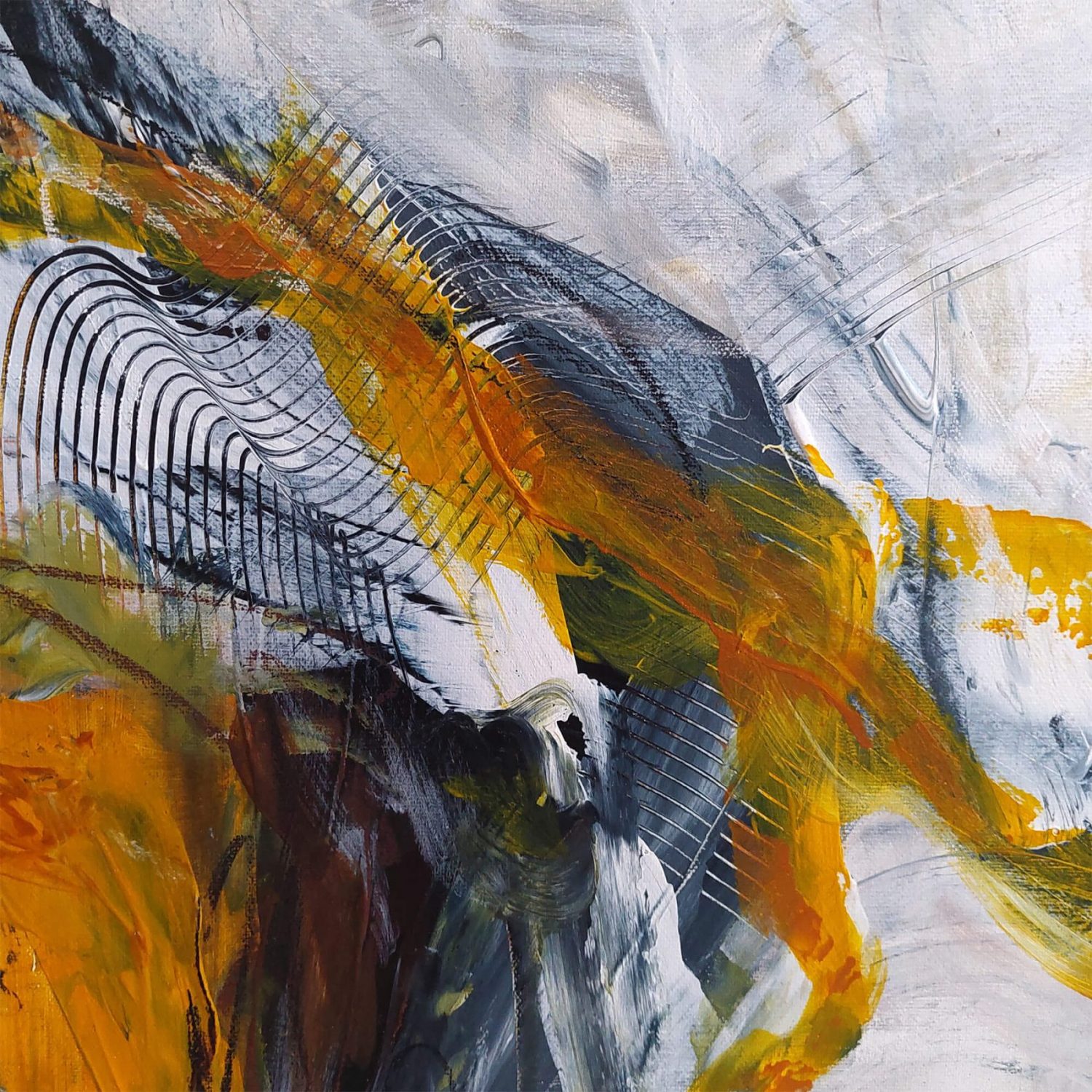10 Techniques for Creating Stunning Abstract Acrylic Paintings


10 Techniques for Creating Stunning Abstract Acrylic Paintings
Are you a beginner looking to learn the techniques for creating stunning abstract acrylic paintings? Look no further! In this article, we will go over ten different techniques that you can use to create beautiful and unique abstract paintings using acrylics. From experimenting with colors to adding texture, these techniques will help you take your painting skills to the next level.
Acrylic paint is a popular medium for artists due to its versatility and fast-drying time. Abstract painting is a great way to experiment with acrylics and create unique, eye-catching pieces of art. However, it can be daunting to know where to start when it comes to creating abstract paintings. This is where these ten techniques come in. By following these tips, you'll be able to create stunning abstract acrylic paintings with confidence.
Technique 1: Experiment with Colors
One of the most crucial elements of abstract painting is color. Experiment with different color combinations and see how they interact with each other. Use bold, contrasting colors to create a vibrant, eye-catching painting, or use a more muted color palette to create a calming and peaceful piece.
Technique 2: Try Different Brush Strokes
Different brush strokes can create different effects and textures in your painting. Use broad, sweeping strokes for a more fluid look, or use smaller, more precise strokes to create a more detailed piece.
Technique 3: Use a Palette Knife
A palette knife can be a useful tool for creating texture in your painting. Use it to apply thick layers of paint or to scrape back layers to reveal the layers underneath.
Technique 4: Incorporate Different Materials
Don't be afraid to experiment with incorporating different materials into your painting. You can use items like string, sand, or even coffee grounds to add texture and interest to your piece.

Technique 5: Use Different Techniques for Applying Paint
There are many different techniques for applying paint to your canvas. Some popular ones include splattering, dripping, or even blowing paint onto the canvas. Try out different techniques and see what works best for your style.
Technique 6: Work on Multiple Canvases
Working on multiple canvases can be a great way to experiment with different color combinations and techniques. It also allows you to create a series of paintings that work well together as a collection.
Technique 7: Play with Transparency
Acrylic paint can be opaque or transparent. Using transparent layers can create depth and interest in your painting. Experiment with layering different levels of transparency to create a multi-dimensional piece.
Technique 8: Create Texture with Gesso
Gesso can be used to create texture on your canvas. Apply it in a thick layer and then use a tool to scrape it away, revealing the texture underneath. This technique can create an interesting and unique background for your painting.
Technique 9: Use a Limited Color Palette
Using a limited color palette can create a cohesive and harmonious painting. Try limiting yourself to just a few colors and see how you can use them to create a stunning piece of art.
Technique 10: Embrace Imperfection
Abstract painting is all about embracing imperfection. Don’t worry about making mistakes or trying to create a perfect piece. Let go of your expectations and allow yourself to create something unique and beautiful.
FAQs:
Q: What materials do I need for acrylic painting?
A: You’ll need acrylic paint, a canvas or other painting surface, brushes, and water for cleaning your brushes.
Q: How do I mix colors?
A: Mix colors by adding small amounts of paint to your palette.

